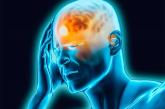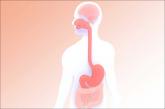Article

Using SNRIs to prevent migraines in patients with depression
- Author:
- Huda H. Ismail, PharmD
- Kelly Powell, PharmD
- Ruchi Rana, PharmD Candidate
- Kristen Ward, PharmD, BCPP
Ms. D, age 45, has major depressive disorder (MDD), generalized anxiety disorder (GAD), migraines, and hypertension.
Article

How bariatric surgery affects psychotropic drug absorption
- Author:
- Rachel Demarco, PharmD
- Ruchi Rana, PharmD Candidate
- Kelly Powell, PharmD
- Huda Ismail, PharmD
- Kristen Ward, PharmD, BCPP
Ms. B, age 60, presents to the clinic with high blood pressure, hyperlipidemia, type 2 diabetes mellitus, depression, and anxiety.
